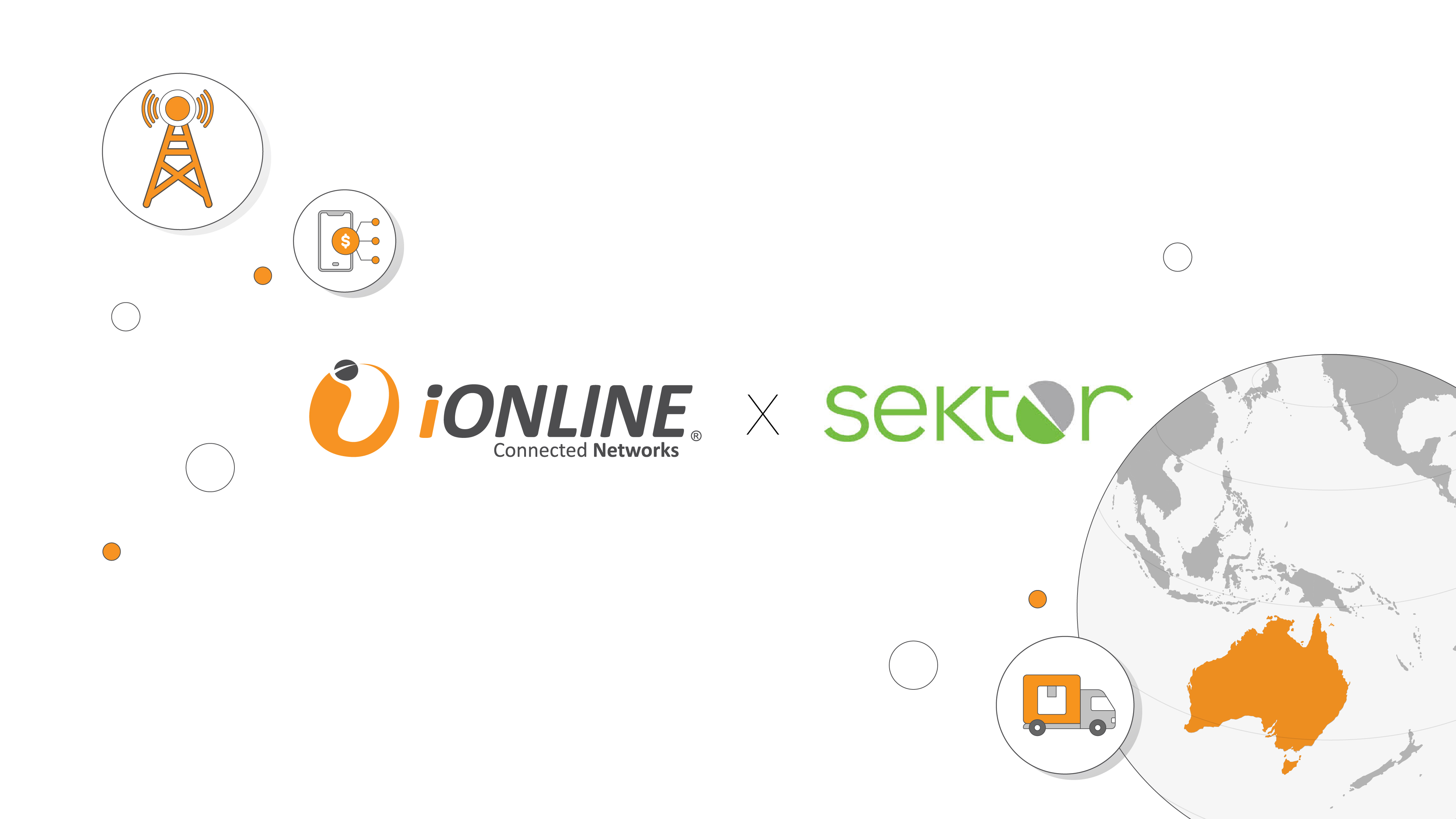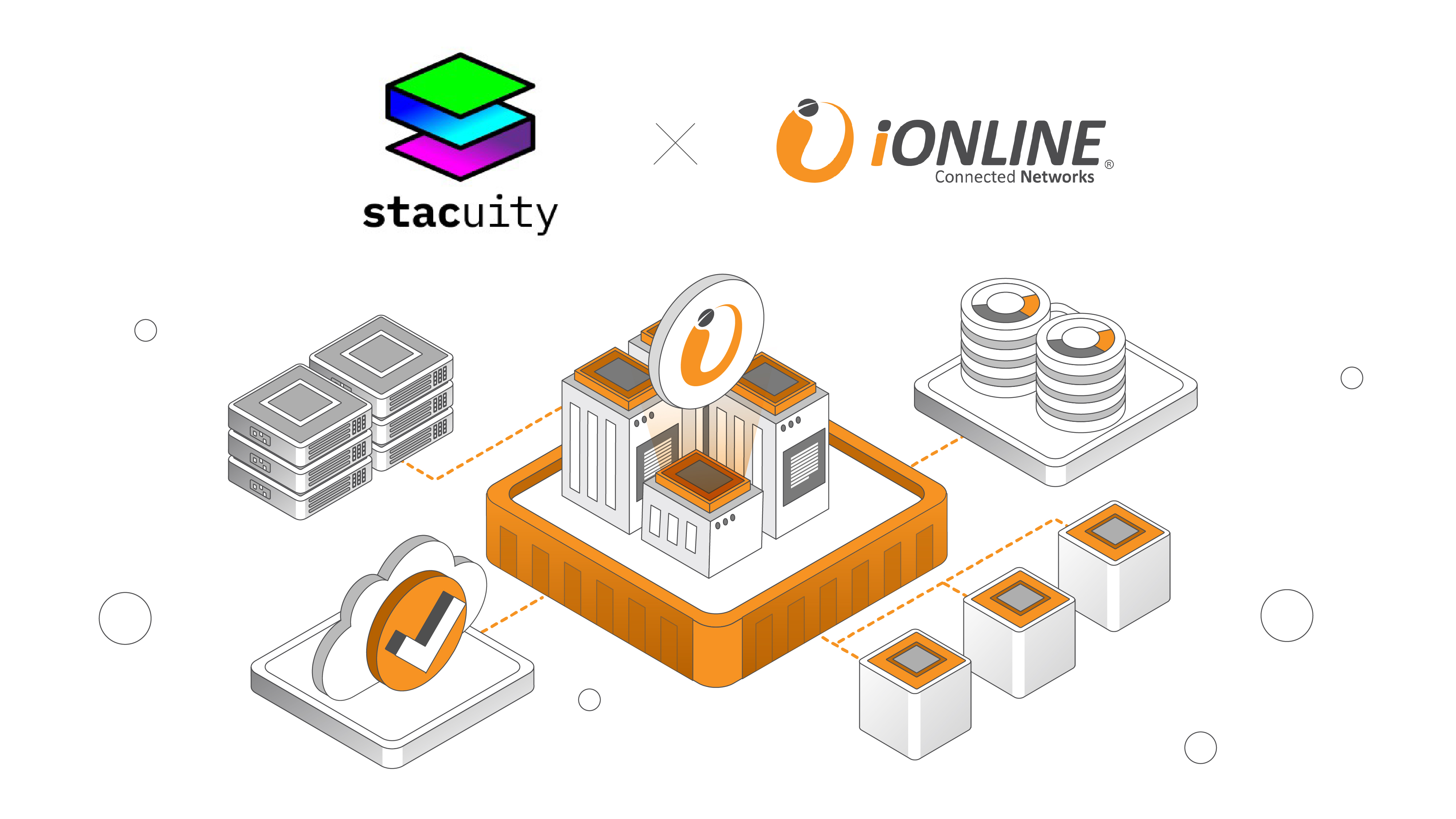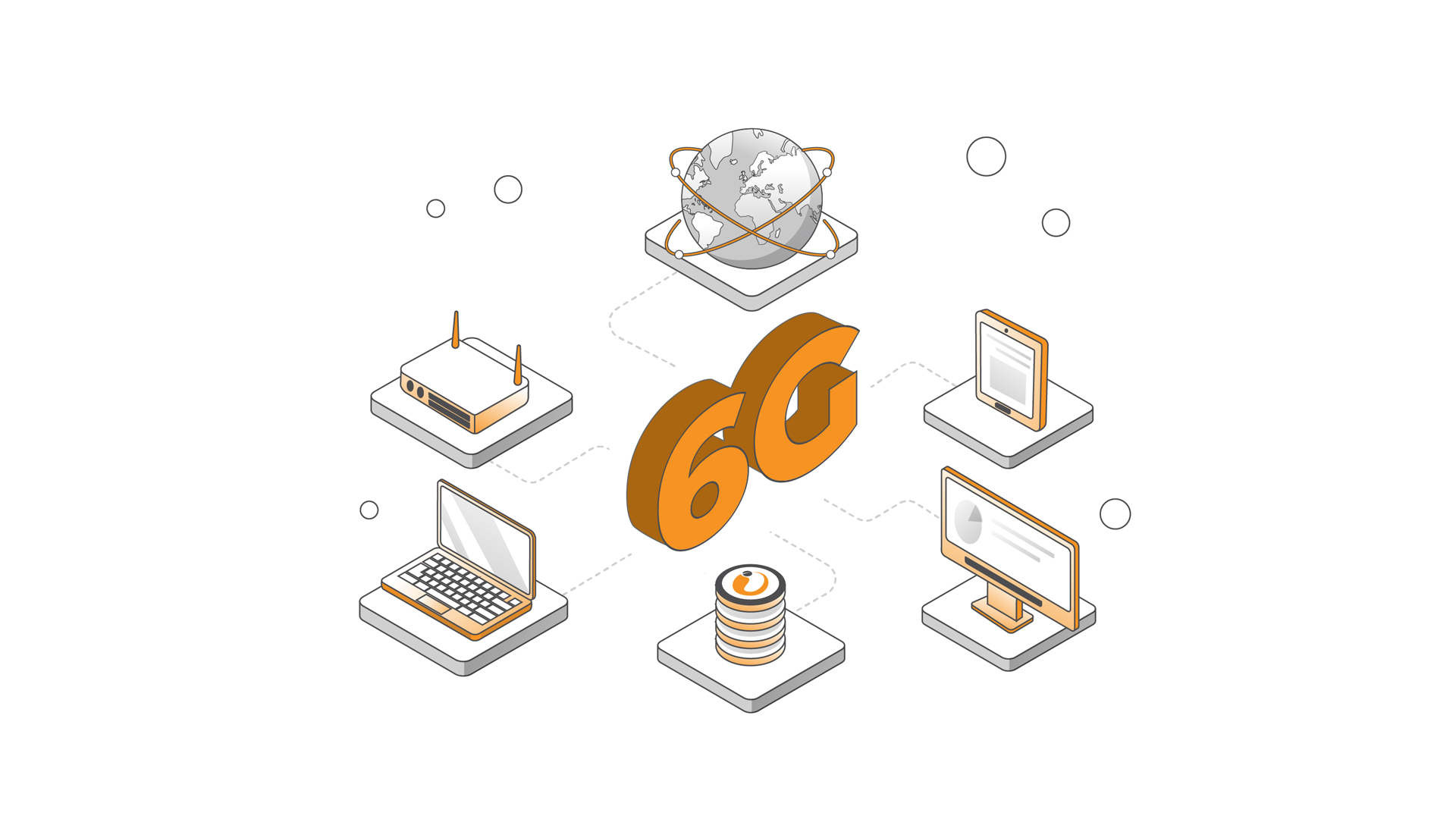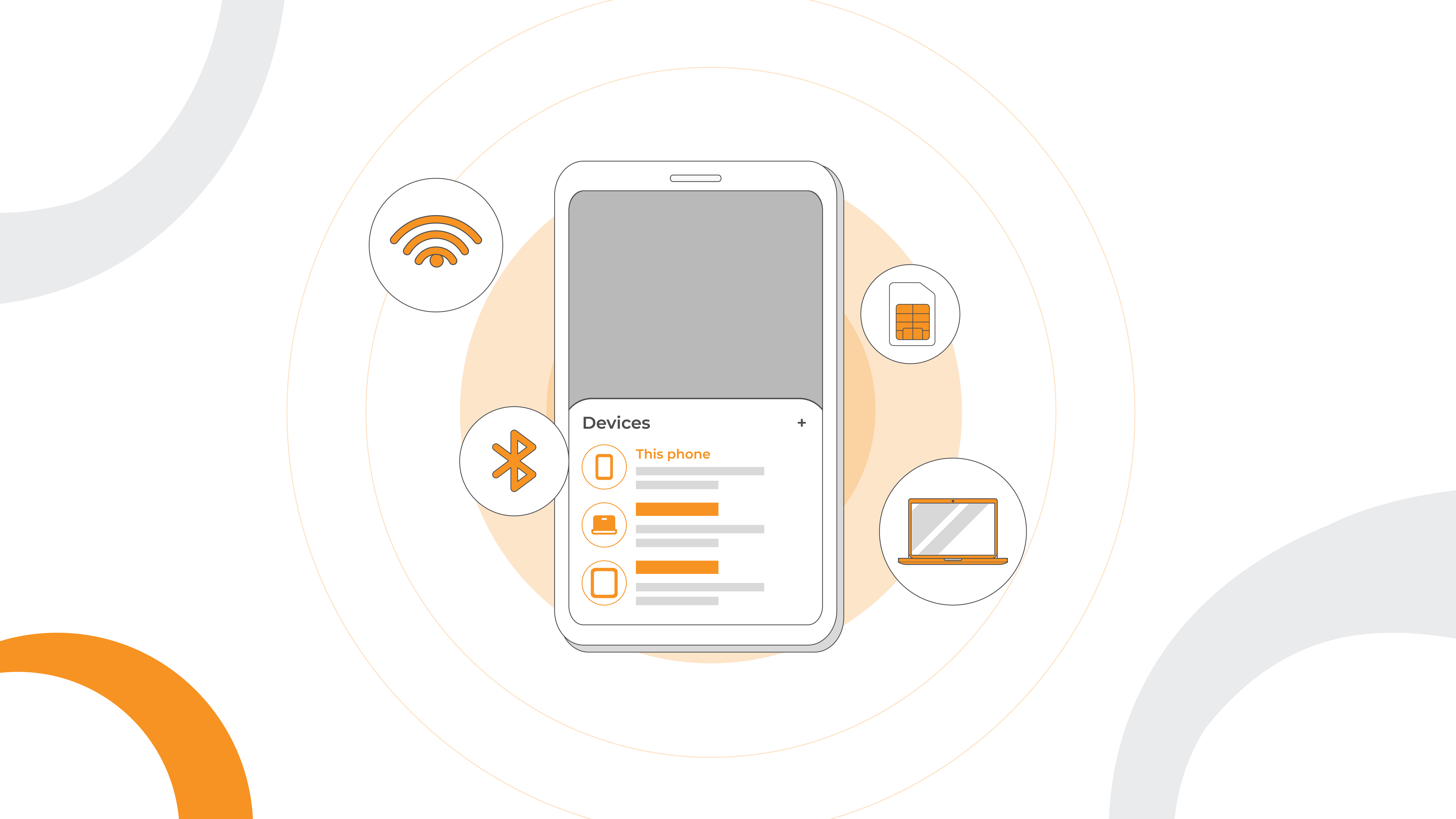
Many people living alone worry about their health and personal safety. For the elderly, their concerns may include falls or remembering complex medication routines. For those with higher care needs, their worries may revolve around missed emergency alerts, difficulty communicating urgent needs, or managing chronic conditions without immediate assistance. Fortunately, advances in technology and connected IoT offers a practical and cost-effective way to address these challenges, boosting confidence and independence in daily living.
Through tech-enabled care, or IoT-enabled remote care, autonomy and independence become significantly more attainable. Reliable IoT connectivity forms the foundation for safer independent living, with remote patient monitoring (RPM) a key part of this transformation.
Connected solutions such as fall-detection wearables and wearable health trackers, medication adherence devices and automated medication dispensers, and smart home sensors and systems, are becoming increasingly common.
These IoT-enabled tools help to automate daily safety checks, connect care teams in real time, and deliver instant alerts when needed. Together, they enhance patient well-being and enable independent living, as well as coordinated in-home care.
Key benefits of connected devices include:
The proactive nature of measures such as this reduces pressure on caregivers and the healthcare system. Supporting early intervention and home-based care enables greater independence. It also allows more people to stay in their homes longer, delaying or even avoiding the need for institutional care.
Of course, none of these advances would be possible without stable and secure IoT connectivity.
In recent years, care models have shifted towards digital-first solutions. There is a strong focus on the integration of connected devices and platforms to improve care delivery, with interoperability across devices and platforms essential for seamless services.
The migration from analogue to digital demands connectivity that meets the requirements of uninterrupted, secure and private, to ensure continuous care. Additionally, there is a growing demand for connectivity solutions that support wearable devices and remote monitoring systems, with eSIM technology a prime example.
➡️ Learn how IoT connectivity powers RPM and care: https://www.ionlinesp.com/use-cases/healthcare-iot
AI is also playing an increasingly important role in preventative and personalised care, supporting early detection, predictive analytics, and tailored solutions for individual needs. The caveat here is an ethical consideration, ensuring a balance between automation and human interaction.
Equally significant is the pursuit of sustainable innovation, with greater attention on energy-efficient devices and technologies designed to reduce environmental impact. These sustainability efforts are rapidly gaining momentum within the connected healthcare sector, complementing advancements in patient-centric digital care.
iONLINE delivers IoT connectivity at scale, making independent living more accessible for individuals.
In the UK, our solutions have greatly helped several care providers who needed consistent, responsive services. We are currently also collaborating with a number of partners who wish to expand connectivity for a diverse range of wearable personal safety devices and alarms.
By implementing IoT connectivity thoughtfully, we lay the foundation for tech-enabled care that empowers better health outcomes.
We feel privileged to support thousands of people to live safely and independently every day.




